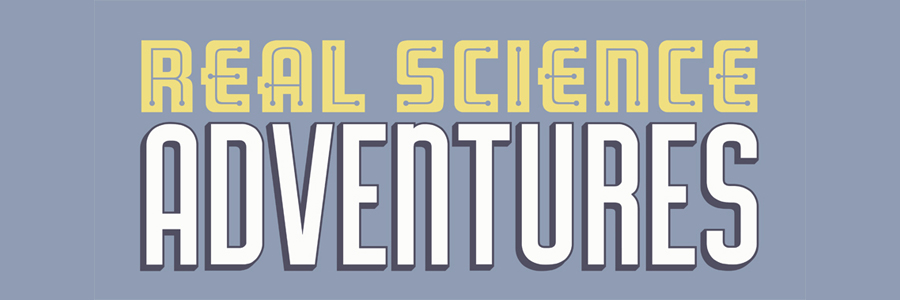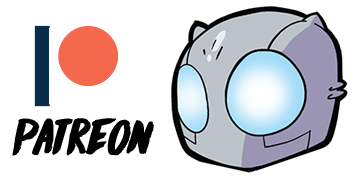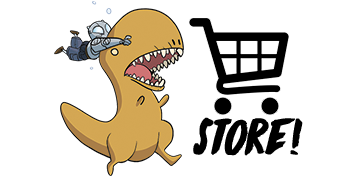In case you missed yesterday's news, we're releasing all new free content this Saturday in the form of a short Atomic Robo comic book story. Perhaps you should think about visiting this website in between your Free Comic Book Day festivities to see it.
Okay, with that out of the way, let's tackle THE MAILBAG.

Ok, since we've gotten to this storyline, I wanted to ask about the Magma. Is it special in some way or were you just ignoring that the heat coming off of it should be cooking any non-robotic action scientists foolish enough to get close to it?
Michael-
It's just the magic of storytelling. Scientific accuracy can be fun and interesting. No question. But it isn't always fun and interesting.
Would it have been fun and interesting to watch Lang, Vik, and Bernard be cooked to death from the inside also while suffocating on air hot enough to boil their lungs? No, of course not.
We always prefer to err on the side of plausibility over accuracy. We have always found plausibility opens up more interesting options than pure accuracy.
Consider, for a moment, our spin-off series about Nikola Tesla's team of 19th century adventurers. One of them is Winfield Scott Lovecraft, the father of ol' H.P. Lovecraft. Is it plausible that Winfield was a Secret Service agent dedicated to investigating super science threats to the United States? Yes. Is it accurate? Lord, no, he was a salesman.
But which one is fun and interesting?
Hey Brian
Been reading your comics since 8-bit and I was wondering who your biggest influences are as a writer. Thanks!
Scott (not Wegener)
No duh, Scooty Wegs doesn't read comics for the words, so he'd never ask this question!
I had to think about this one for a while. You'd think it's a straightforward question with a straightforward answer, but it's not. Well it is, but then it isn't.
I mean, there's the obvious answer. I read Hitchhiker's Guide to the Galaxy in third grade and didn't make it past the first page before I decided to become a writer. And that lead to Terry Pratchett, P.G. Wodehouse, The Kids in the Hall, A Bit of Fry & Laurie, and Seinfeld.
Wow, that's a lot of British stuff what the hell. And it's only gonna get worse! Because I think the single largest influence on my "modern" writing is the first UK series of Gordon Ramsay's Kitchen Nightmares.
Yeah, I know that sounds strange but hear me out.
Gordon's primary concern is the customer's experience. Put another way: the meal is for the customer, not the chef, or the chef's ego.
And that's at the crux of my writing these days. These comics aren't for us. They're for you. What I find interesting to write is meaningless unless it's something that will be interesting to read. Like, there's a piece of advice, we've all heard it, that goes: create the comic (or book or game or whatever) you want to see.
And that's good advice! Great advice, really. But there's a difference between the thing you want to write and the thing someone would want to read.
I see a lot of writers mistaking the first one for the second one. And, hey, it's an easy trap to fall into! For one thing, sometimes there's no way to know the thing you're writing doesn't have an audience until it's done. For another, the act of writing is performed for an audience of one. Writing is the most solitary and self-absorbed thing you can do, so it's easy to forget that it's ultimately for other people.
The sooner you can view your own writing through the lens of What Would Be Fun For Someone To Read, the sooner you can take your ego out of the equation and deliver an exceptional experience using fresh ingredients prepared simply.















